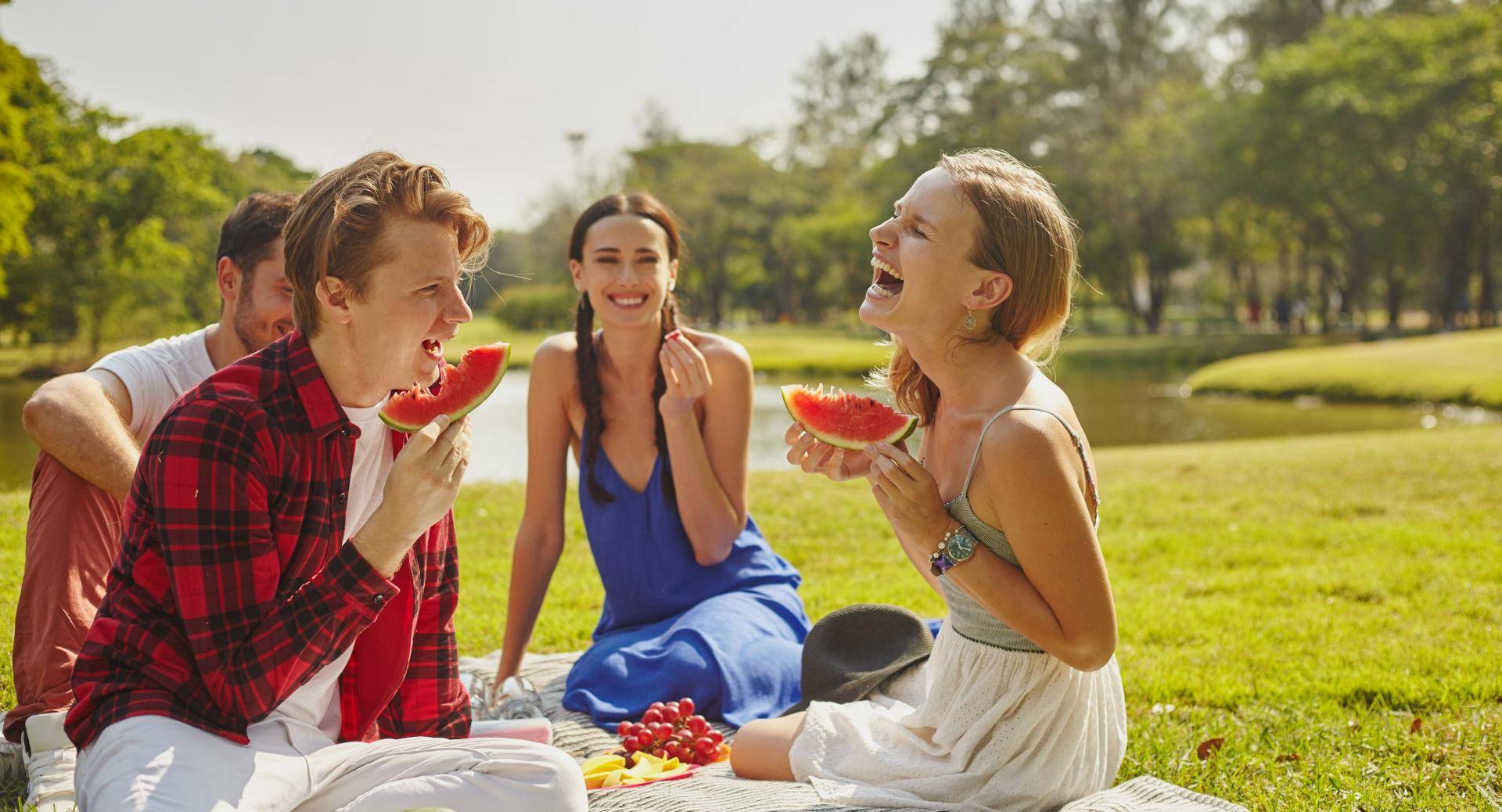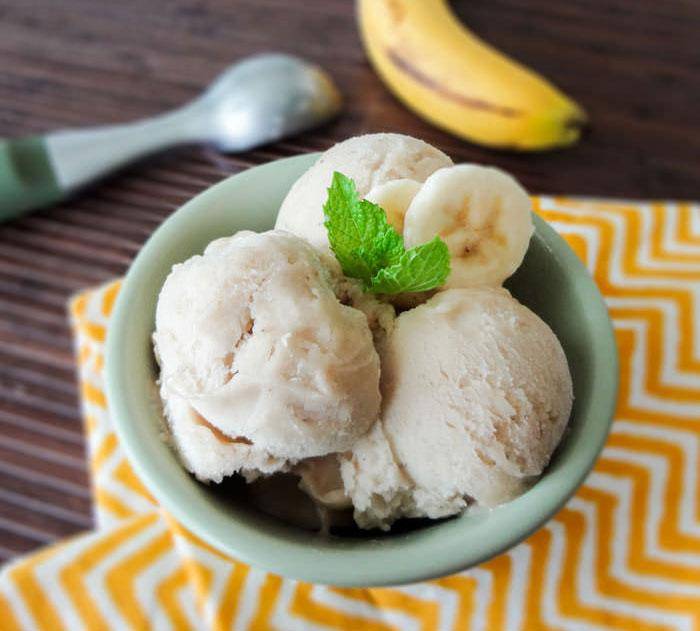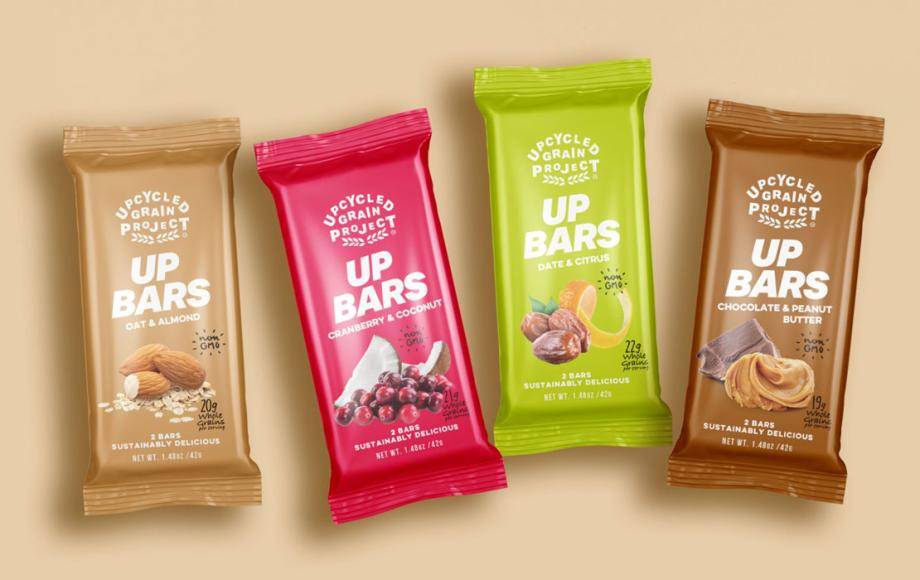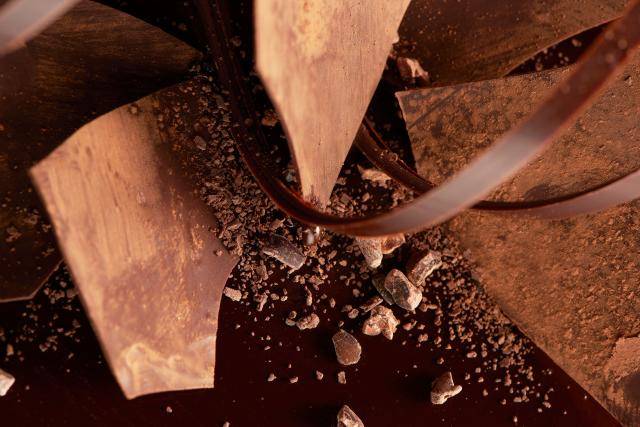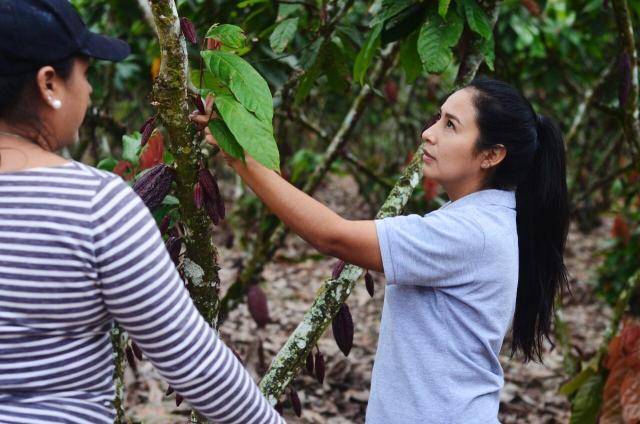[¹]81% for APAC, 76% for Europe, 77% for North America & 82% for Latam - FMCG Gurus, July 2020
Healthy Indulgence - how can you achieve this? Taste is the essence, of course. Here are some ideas for bringing this to consumers:
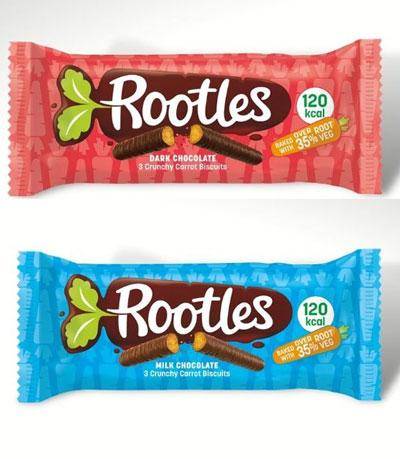
Image credits: Rootles
Rootles Biscuit sticks made with carrot and sweet potato, coated in their best milk or dark chocolate (UK).
Image credits: The One Ingredient Chef
Banana Ice Cream recipe from The One Ingredient Chef. Delicious and very healthy.
As few ingredients as possible
The more ingredients a food contains or the more complex the product, the less healthy it is perceived to be. So, products derived from single sources or containing fewer ingredients are viewed as healthier. As it is a perfect marriage, this can also have a positive impact on the taste.
Credits image: Upcycled Grain Project
Up bars from the Upcycled Grain Project in New-Zealand. They use grain from brewers around New Zealand to create health-focused snack foods.
From no waste to upcycled
What's good for the environment is also good for people. Waste pollution is a major problem today, and not just packaging needs to be reduced. Food waste is another issue that should be addressed. A massive one-third of all food produced is wasted before it is consumed². If we can avoid food waste, that is good for the planet and indirectly also good for people. Upcycling goes even further in preventing food waste. Upcycling means you use discarded food (or objects) to create a product of higher quality than the original. The consumer interest for upcycling is growing and many start-ups are active in this area. In the coming years, this is sure to grow. Almost all of US consumers plan to buy upcycled food or beverages in the next year and 57% of them plan to buy more³.
[3] Mattson, 2021
